The Wick Wedge Grow Spike Hydroponic Rain Gutter Grow system Vinyl Downspout Endcap with Float valve The Kratky system
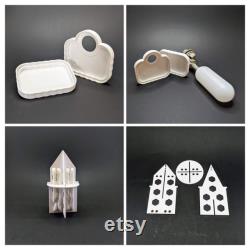
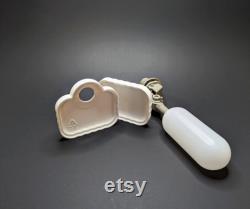
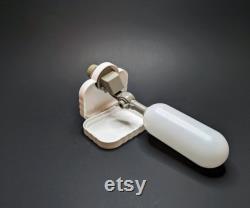
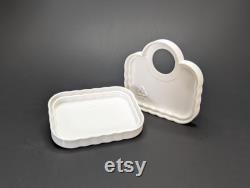

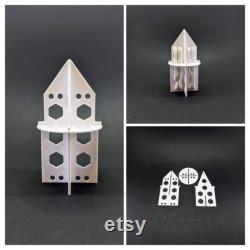


A wicking hydroponic system is a type of hydroponic gardening method that relies on capillary action to deliver water and nutrients to plants' root systems. Unlike some other hydroponic systems that use pumps or other mechanical means to deliver nutrients, wicking systems are passive and relatively simple to set up and maintain. Here are the key components and how a wicking hydroponic system works.
We have 4 options for you. The endcap for a float valve connection(fits 1/2" valve) and a blind endcap that fits 2x3" the vinyl downspout.
The endcap for a float valve connection(fits 1/2" valve) and a blind endcap + a valve that fits 2x3" the vinyl downspout. The endcap for a float valve connection(fits 1/2" valve) and a blind endcap that fits 3x4" the vinyl downspout.A 3d-printed wick wedge includes 3 parts that require assembly(a wick cord is not included). The holes fit a 5mm(1/5 inch) wick cord.
Example of how to build this type of system. Components of a wicking hydroponic system.Plants in a wicking hydroponic system are typically grown in a soilless medium, such as coconut coir, perlite, vermiculite, or a combination of these. The growing medium is placed in a container or bed where the plants are situated.
This container can be a pot, tray, or any suitable structure to hold the medium that you can put on top of the vinyl downspout. The wick material is a crucial component that draws water and nutrients from a reservoir to the growing medium. Common wick materials include cotton rope. The nutrient reservoir holds the nutrient solution. It can be a separate container or part of the same structure as the growing medium.
How a wicking hydroponic system works. The wick material, which is partially submerged in the nutrient solution, uses capillary action to draw the solution upward into the growing medium. Capillary action is the ability of a liquid to flow in narrow spaces against gravity. As the nutrient solution is wicked up into the growing medium, plant roots come into contact with it. The roots absorb water and nutrients directly from the growing medium.
Excess nutrient solution that is not taken up by the plant's roots will naturally drain back into the reservoir due to gravity. This maintains a consistent level of solution in the reservoir. Benefits of wicking hydroponic systems. This item is made of petg.


